The Art of Software Development: Blending Code, Creativity, and Collaboration
Abstract: This post delves into the multifaceted nature of software development, revealing how it goes far beyond writing mere lines of code. It examines the fusion of design thinking, agile methodologies, and continuous learning in building software that is both functional and elegant. The exploration covers background context, core concepts, practical applications, emerging challenges, and future innovations. Additionally, this post integrates insights from blockchain integrations and open-source developments, weaving in examples from industry and community-driven projects to provide a comprehensive look at the craft of software development. Introduction Software development is more than a technical exercise—it is a craft that requires both precision and creativity. While many equate it solely with the act of programming, the modern software development process also embraces design thinking, user-centered design, and agile practices. As developers transform human needs into scalable code, the discipline expands into a realm where ethics, collaboration, and sustainability are key pillars. In this blog post, we explore how these practices converge to shape innovative digital solutions. We draw on the ideas presented in The Art of Software Development: A Craft Beyond Code and expand the discussion with additional perspectives, including blockchain integration and current open-source funding trends. Whether you are a seasoned developer or a curious newcomer, understanding this holistic approach helps illuminate why quality software is as much an art as it is a science. Background and Context Software development has deep roots that stretch back to early computing. Initially, writing code was primarily about solving logical problems. Over time, however, the industry recognized that software quality depended not only on technical expertise but also on the way systems interface with people and respond to dynamic needs. Historical Evolution Early Days: Initially, coding was text-based and driven by strict logical formulations. Developers focused primarily on correctness and efficiency. Shift to Design: As the internet and personal computing became ubiquitous, the importance of user experience and system design gained prominence. Integration of Methodologies: The agile revolution, spearheaded by frameworks such as Scrum and Kanban, restructured the traditional waterfall model into iterative cycles that embraced change and rapid feedback. Key Definitions and Concepts To understand modern software development, it is important to grasp several key concepts: Design Thinking: An approach that emphasizes empathy with users, problem reframing, and creative solution generation. Learn more about this approach at IDEO's Design Thinking. User-Centered Design: A process that places the user’s needs at the forefront of design decisions. Explore its principles at Interaction Design Foundation. Agile Methodologies: Frameworks and practices aimed at iterative development, rapid feedback, and adaptive planning. For an overview, visit Agile Alliance. Core Concepts and Features Modern developments in software involve a cluster of interrelated ideas. Below is an in-depth look at the core components that make software development both an art and a science. 1. Translating Human Needs into Code At its heart, software development is about translating human ideas and needs into executable commands. This translation requires more than technical skill: User Stories and Feedback: Leveraging user stories (see Atlassian’s guide) helps developers empathize with the end user and build features they truly need. The Software Craft: As described in the Software Development Craft article, mastering various programming languages and tools ensures that the transformation of abstract ideas into code is robust and reliable. 2. The Role of Design in Development Software development requires a well-thought-out design: Visual & Interaction Design: Principles of responsive web design ensure that interfaces are both accessible and engaging on various devices. Ethical and Sustainable Software: With growing concerns around privacy and digital ethics, practices such as ethical software development and software sustainability have become key priorities. 3. Commitment to Quality and Agility Quality software is built on rigorous testing and iterative improvement: Test-Driven Development (TDD): This practice encourages writing tests before code, ensuring that functionality is verified continuously. Learn more at Martin Fowler’s TDD page. Continuous Integration/Continuous Deployment (CI/CD): Automating testing and deployment processes reduces errors and speeds up delivery, as explained by Red Hat's CI/CD overview. Agility in Practice: Frameworks like Scrum and Kanban make adapting to change more intuitive, enabling teams to manage risk

Abstract:
This post delves into the multifaceted nature of software development, revealing how it goes far beyond writing mere lines of code. It examines the fusion of design thinking, agile methodologies, and continuous learning in building software that is both functional and elegant. The exploration covers background context, core concepts, practical applications, emerging challenges, and future innovations. Additionally, this post integrates insights from blockchain integrations and open-source developments, weaving in examples from industry and community-driven projects to provide a comprehensive look at the craft of software development.
Introduction
Software development is more than a technical exercise—it is a craft that requires both precision and creativity. While many equate it solely with the act of programming, the modern software development process also embraces design thinking, user-centered design, and agile practices. As developers transform human needs into scalable code, the discipline expands into a realm where ethics, collaboration, and sustainability are key pillars. In this blog post, we explore how these practices converge to shape innovative digital solutions.
We draw on the ideas presented in The Art of Software Development: A Craft Beyond Code and expand the discussion with additional perspectives, including blockchain integration and current open-source funding trends. Whether you are a seasoned developer or a curious newcomer, understanding this holistic approach helps illuminate why quality software is as much an art as it is a science.
Background and Context
Software development has deep roots that stretch back to early computing. Initially, writing code was primarily about solving logical problems. Over time, however, the industry recognized that software quality depended not only on technical expertise but also on the way systems interface with people and respond to dynamic needs.
Historical Evolution
- Early Days: Initially, coding was text-based and driven by strict logical formulations. Developers focused primarily on correctness and efficiency.
- Shift to Design: As the internet and personal computing became ubiquitous, the importance of user experience and system design gained prominence.
- Integration of Methodologies: The agile revolution, spearheaded by frameworks such as Scrum and Kanban, restructured the traditional waterfall model into iterative cycles that embraced change and rapid feedback.
Key Definitions and Concepts
To understand modern software development, it is important to grasp several key concepts:
- Design Thinking: An approach that emphasizes empathy with users, problem reframing, and creative solution generation. Learn more about this approach at IDEO's Design Thinking.
- User-Centered Design: A process that places the user’s needs at the forefront of design decisions. Explore its principles at Interaction Design Foundation.
- Agile Methodologies: Frameworks and practices aimed at iterative development, rapid feedback, and adaptive planning. For an overview, visit Agile Alliance.
Core Concepts and Features
Modern developments in software involve a cluster of interrelated ideas. Below is an in-depth look at the core components that make software development both an art and a science.
1. Translating Human Needs into Code
At its heart, software development is about translating human ideas and needs into executable commands. This translation requires more than technical skill:
- User Stories and Feedback: Leveraging user stories (see Atlassian’s guide) helps developers empathize with the end user and build features they truly need.
- The Software Craft: As described in the Software Development Craft article, mastering various programming languages and tools ensures that the transformation of abstract ideas into code is robust and reliable.
2. The Role of Design in Development
Software development requires a well-thought-out design:
- Visual & Interaction Design: Principles of responsive web design ensure that interfaces are both accessible and engaging on various devices.
- Ethical and Sustainable Software: With growing concerns around privacy and digital ethics, practices such as ethical software development and software sustainability have become key priorities.
3. Commitment to Quality and Agility
Quality software is built on rigorous testing and iterative improvement:
- Test-Driven Development (TDD): This practice encourages writing tests before code, ensuring that functionality is verified continuously. Learn more at Martin Fowler’s TDD page.
- Continuous Integration/Continuous Deployment (CI/CD): Automating testing and deployment processes reduces errors and speeds up delivery, as explained by Red Hat's CI/CD overview.
- Agility in Practice: Frameworks like Scrum and Kanban make adapting to change more intuitive, enabling teams to manage risk and move quickly.
4. Collaboration as a Catalyst
Collaboration is the lifeblood of modern software projects:
- Version Control Systems: Tools such as Git allow developers to work concurrently while maintaining code integrity.
- Communication Platforms: Applications like Slack streamline discussion and issue resolution.
- Open-Source Communities: By participating in open-source projects (see Open Source at opensource.com), developers amplify their impact, pooling collective knowledge and fostering innovation.
5. Integration with Emerging Technologies
The digital landscape is shifting with blockchain and decentralized tech:
- Blockchain and Software Development: Emerging projects integrate blockchain with software development practices. For instance, initiatives like arbitrum-and-ethereum-gas-price and arbitrum-and-de-fi-yield demonstrate the fusion of decentralized finance with software craftsmanship.
- Gaming and DeFi Applications: Innovations such as arbitrum-and-gaming and arbitrum-and-optimism further highlight the role of software development in developing engaging, sustainable platforms.
Applications and Use Cases
Understanding how these principles are implemented in real projects can be illuminating. Here are a few practical examples:
Use Case 1: Responsive Web Application
A web development team working on a responsive application might:
- Apply responsive web design guidelines to ensure the application adapts seamlessly across devices.
- Gather user stories and feedback, employing user-centered design to craft an intuitive user interface.
- Use agile methodologies and CI/CD pipelines to iterate rapidly on feedback, ensuring high quality with minimal downtime.
Use Case 2: Open-Source Collaboration in Decentralized Projects
Open-source projects thrive on community contribution and shared insights:
- Developers can collaborate via Git and communication tools like Slack, employing branch strategies to integrate changes.
- Funding models such as open-source sponsorship support sustainable development.
- Projects such as blockchain-based initiatives, for example arbitrum-and-open-source-license-compatibility, showcase cohesive integration of decentralized technologies with open-source principles.
Use Case 3: Agile Transformation in Enterprise Software
Large enterprises often leverage agile methodologies:
- Teams incorporate frameworks like Scrum to plan and execute sprints effectively.
- TDD and Automated Deployment (CI/CD) practices are built into their development cycle, ensuring software reliability.
- Continuous feedback loops through risk management strategies are implemented to mitigate emerging issues and iterate rapidly on updates.
Below is a table summarizing key components that drive modern software development:
| Component | Description |
|---|---|
| Design Thinking | Empathy-driven approach to solution development and creative problem solving. |
| Agile Methodologies | Iterative and adaptive frameworks that prioritize flexibility and ongoing feedback. |
| User-Centered Design | A design process focused on user needs and usability to enhance overall user experience. |
| Test-Driven Development (TDD) | Writing tests before code to ensure robust functionality and code quality. |
| Continuous Integration (CI/CD) | Automating testing and deployment for faster, reliable releases. |
| Collaboration Tools | Platforms like Git and Slack to streamline teamwork and enable effective project management. |
Challenges and Limitations
Despite the evolution of tools and methodologies, modern software development faces a number of hurdles:
- Technical Complexity: With systems growing in scale, ensuring robust architecture and maintainable code remains paramount.
- Adoption of New Methodologies: Transitioning from traditional models to agile or open-source practices can be disruptive without strong leadership.
- Security Considerations: As software becomes more interconnected, ensuring data integrity and defending against cyber threats is a growing challenge.
- Funding and Sustainability: Open-source projects must continually seek sustainable funding while balancing community contributions with long-term project viability.
- Cross-Platform Integration: Integrating traditional software development with emerging decentralized technologies, such as blockchain, presents interoperability complexities. Links to further explore these innovations include arbitrum-and-gaming and arbitrum-and-optomism.
Future Outlook and Innovations
Looking ahead, several trends are poised to further transform how software is developed:
- Increased Integration of Blockchain: As blockchain technologies evolve, we expect deeper integration into traditional software systems. The synergy of concepts such as arbitrum-and-open-source-license-compatibility will become more common as decentralization drives transparency.
- Enhanced AI and Machine Learning Tools: Automation and intelligent systems are set to streamline coding, testing, and deployment processes, fostering continuous improvement.
- Emergence of New Funding Models: Open-source projects are witnessing innovative funding strategies. For example, creative models explored in projects like arbitrum-and-de-fi-yield illustrate pathways that merge blockchain principles with developer patronage.
- Further Adoption of Agile in Large Enterprises: The shift towards agile will widen as more organizations recognize its benefits for risk mitigation, speed, and adaptability.
- Expansion of Collaborative Ecosystems: The growing interconnectivity of development communities will continue to drive shared learning. New initiatives like open source project sponsorship models and evolving communication platforms will fuel global collaboration.
Additional Insights from Dev.to
In today’s digital ecosystem, many experts are sharing their experiences and best practices. Here are a few insights from Dev.to posts that align with our discussion:
- In Top Open Source Frameworks for Indie Hackers: A Comprehensive Overview, the focus is on selecting tools that maximize collaboration and maintain quality.
- Blockchain, NFTs, and Event Management: Revolutionizing Digital Engagement highlights how innovative integrations drive user experience in dynamic markets.
- Another noteworthy discussion, Blockchain and Cryptocurrencies: Unraveling the Financial Revolution, connects decentralized finance with software development innovation.
These discussions reflect a shared understanding: innovation thrives at the intersection of technology, collaboration, and a willingness to embrace change.
Key Takeaways
Below is a bullet list summarizing the primary insights from this discussion:
- Software development is a craft: It is an art that blends technical expertise with creativity and design thinking.
- User-centric approaches are critical: Building solutions based on genuine user needs ensures functional and engaging outcomes.
- Agile methodologies drive efficiency: Iterative development, continuous integration, and rapid feedback loops are essential for modern software.
- Collaboration and open-source culture: Shared learning and community contributions are essential to success.
- Embracing emerging technologies: Integrating blockchain and innovative funding models opens new possibilities for sustainability and scalability.
Summary
In this comprehensive post, we have unraveled the intricate tapestry of software development. By exploring the evolution from traditional coding practices to modern methodologies that integrate design thinking, agile frameworks, and blockchain innovations, we see how the craft of software development is continuously evolving to meet complex user needs.
This post has provided:
- A detailed background and historical context.
- An overview of the core components such as design thinking, TDD, CI/CD, and seamless collaboration.
- Practical use cases from web development, open-source engagements, and enterprise transformations.
- A discussion on challenges including technical complexity, security, funding issues, and integration hurdles.
- A look into the future, where blockchain and AI promise to reshape the development landscape further.
As we look forward, the evolution of software development will depend on balancing technical prowess with creative endeavors. Developers are not only coders but also digital artisans building tomorrow’s transformative technologies.
For more insights into the craft of software development and its evolving practices, revisit the original article, The Art of Software Development: A Craft Beyond Code, and explore additional resources like IDEO's Design Thinking and Interaction Design's guide on User-Centered Design.
Through continuing collaboration, the adoption of agile practices, and proactive exploration of emerging technologies such as blockchain, the future of software development is bright, sustainable, and deeply interdisciplinary.
In conclusion, as we navigate an era marked by rapid technological advances and a constantly shifting digital landscape, the art of software development stands as a testament to the power of combining technical skill, creative design, and robust collaboration. By embracing both the traditional and innovative facets of the field, developers are paving the way for a future where software not only solves complex problems but also enriches the user experience, drives ethical practices, and fosters community-driven innovation.
Happy coding and keep pushing the boundaries of possibility!











































































































































































![[The AI Show Episode 146]: Rise of “AI-First” Companies, AI Job Disruption, GPT-4o Update Gets Rolled Back, How Big Consulting Firms Use AI, and Meta AI App](https://www.marketingaiinstitute.com/hubfs/ep%20146%20cover.png)












































































































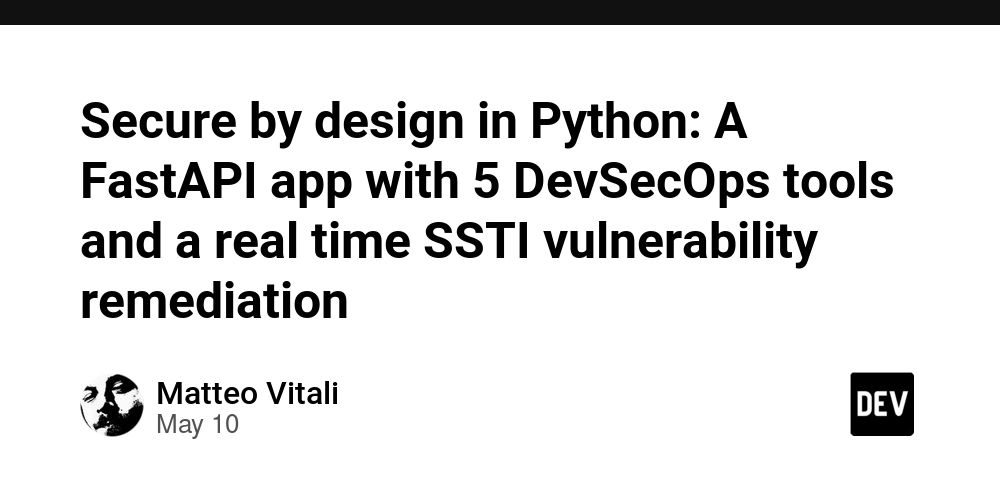
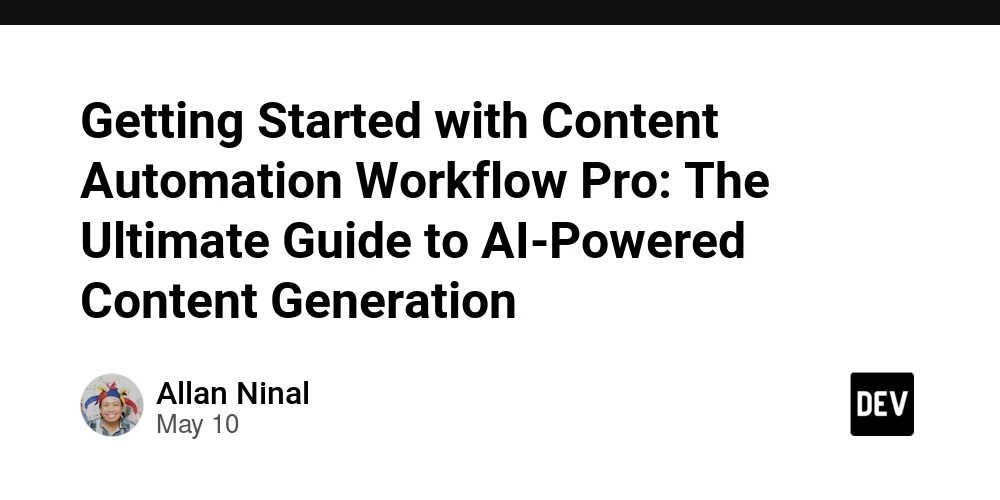















![Ditching a Microsoft Job to Enter Startup Purgatory with Lonewolf Engineer Sam Crombie [Podcast #171]](https://cdn.hashnode.com/res/hashnode/image/upload/v1746753508177/0cd57f66-fdb0-4972-b285-1443a7db39fc.png?#)





























































.jpg?width=1920&height=1920&fit=bounds&quality=70&format=jpg&auto=webp#)





























































































































































-xl.jpg)





























![New iPad 11 (A16) On Sale for Just $277.78! [Lowest Price Ever]](https://www.iclarified.com/images/news/97273/97273/97273-640.jpg)

![Apple Foldable iPhone to Feature New Display Tech, 19% Thinner Panel [Rumor]](https://www.iclarified.com/images/news/97271/97271/97271-640.jpg)
















































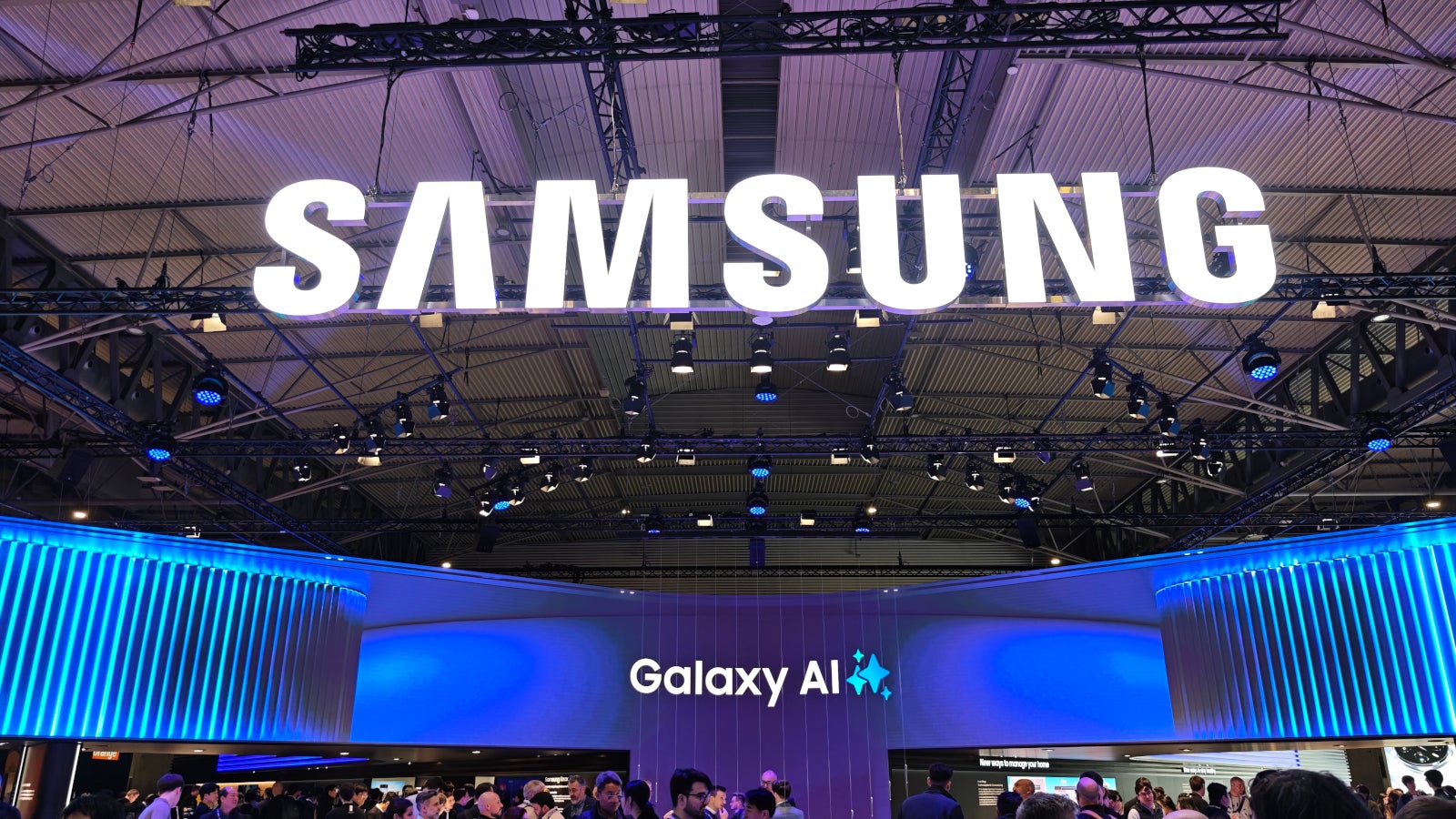

















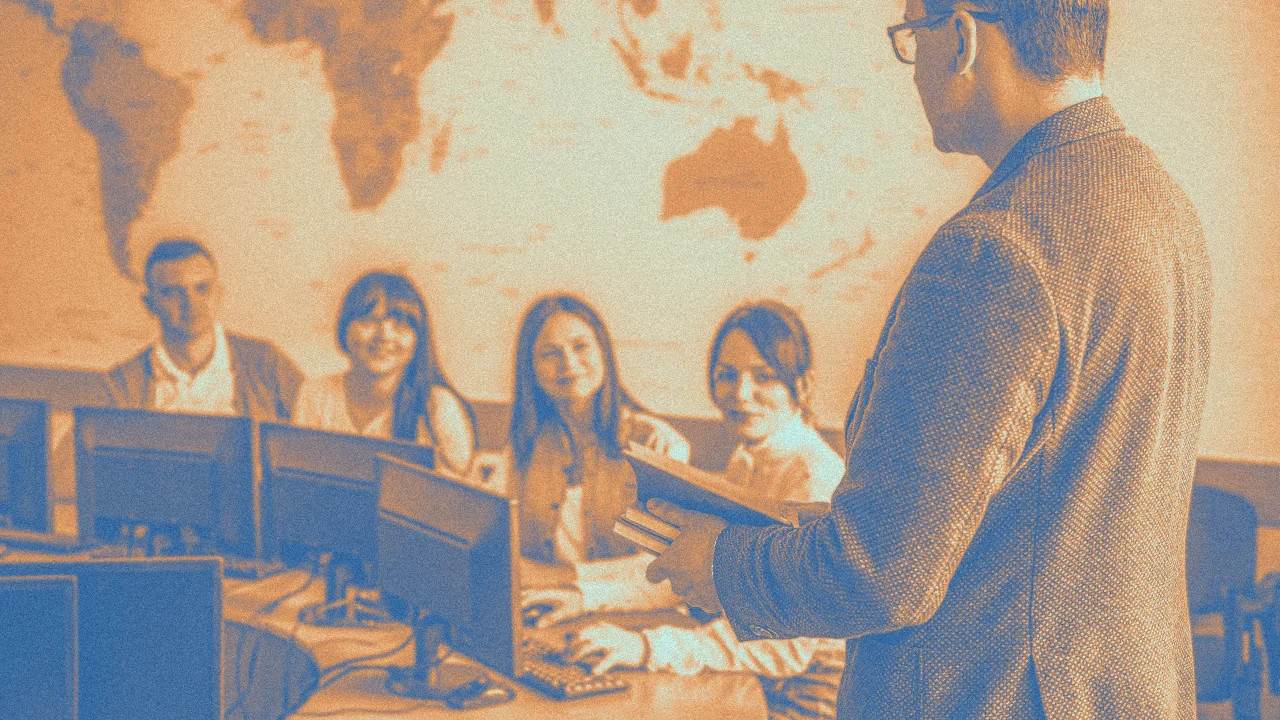






























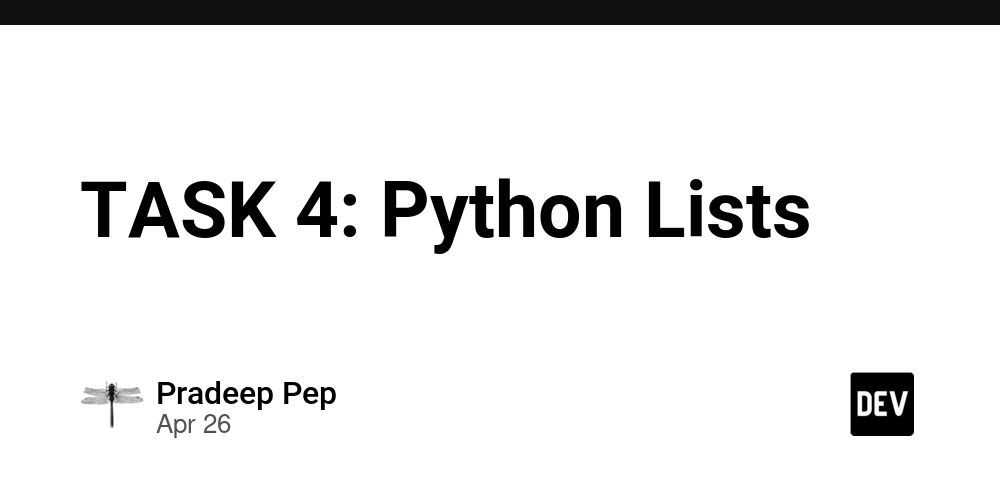
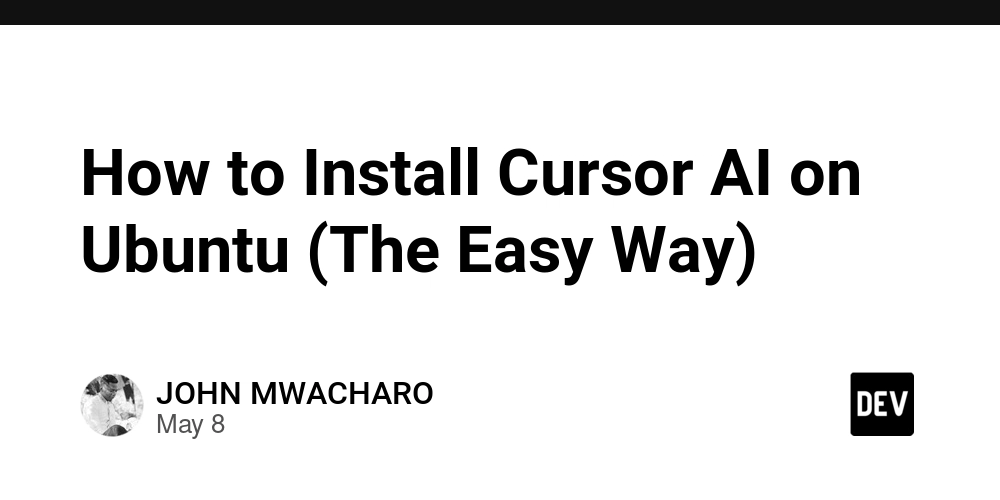
![|ー ▶︎ [ Wouldn't it be easier if you could trace your data structure with lines? ] ー,ー,ー;](https://media2.dev.to/dynamic/image/width%3D1000,height%3D500,fit%3Dcover,gravity%3Dauto,format%3Dauto/https:%2F%2Fdev-to-uploads.s3.amazonaws.com%2Fuploads%2Farticles%2F2k02ska8tyhhnijercgq.png)
